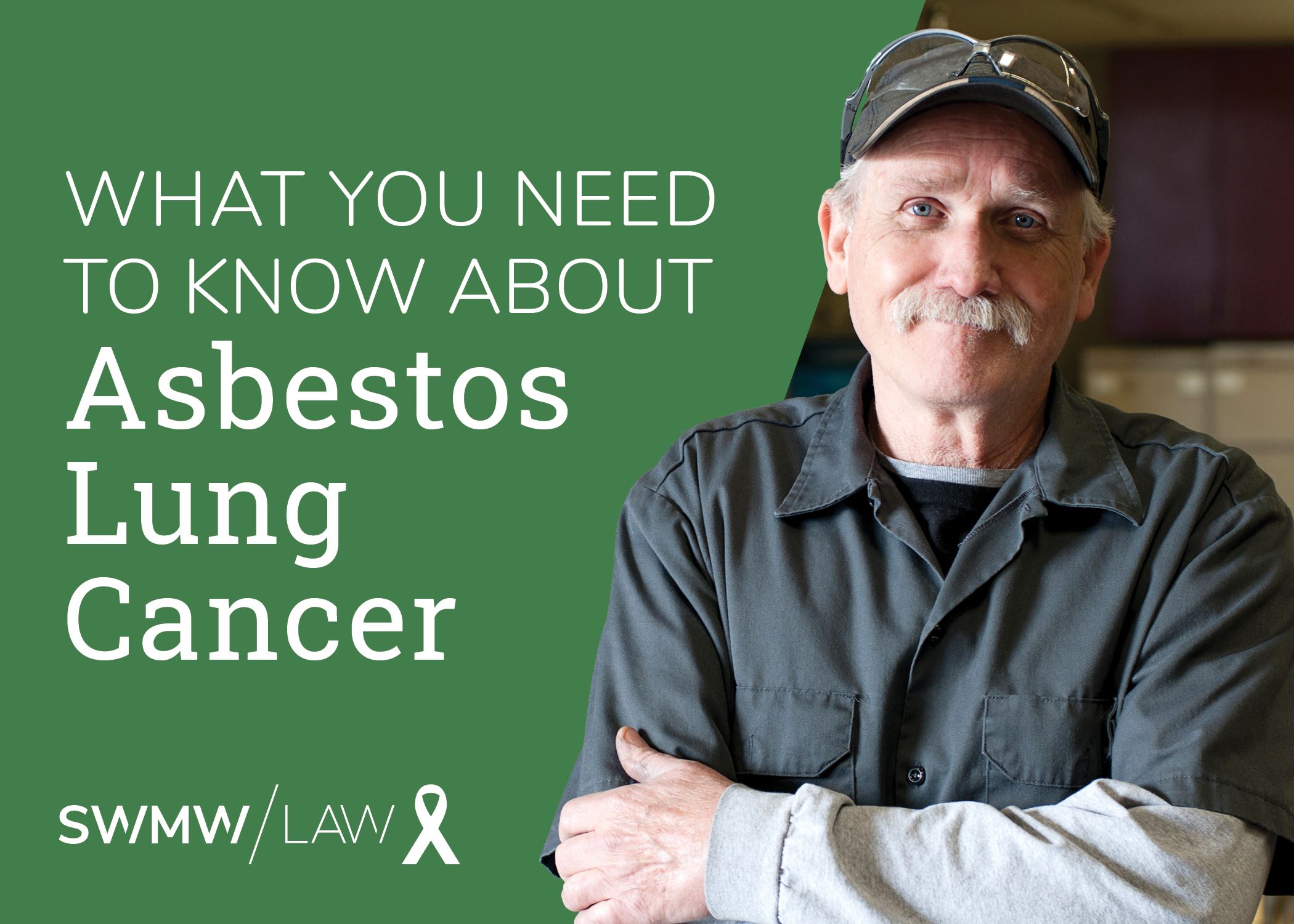 Lung cancer kills more Americans than any other type of cancer.
Lung cancer kills more Americans than any other type of cancer.
Despite the gravity of this statistic, there are still several misconceptions about lung cancer, including what causes it. Smoking is a well-known cause of lung cancer, but did you know that workplace exposure to cancer-causing agents like asbestos accounts for up to 15 percent of all lung cancer cases?
Asbestos-related lung cancer and mesothelioma are especially aggressive forms of cancer that typically develop years after exposure to asbestos. Unfortunately, there are few treatment options for these types of cancers, and most people diagnosed with mesothelioma and asbestos lung cancer do not survive.
The severity of asbestos-related lung cancers is one of the reasons we’re kicking off a month-long series of blogposts during Lung Cancer Awareness Month – to raise awareness, help generate support, and give you the valuable resources and information you need.
This week, we’re turning our focus to the primary risk factors and causes, types of exposure, tips for prevention, and what to do if you or a loved one has been exposed to asbestos.
What Is Asbestos?
You may have heard the term asbestos but not quite understood what it was.
Asbestos is an odorless, tasteless mineral fiber that occurs naturally in rock and soil. When it’s mined and used in a material or product, it can’t be visually detected, making it difficult to determine if you’ve been exposed to it.
For decades, asbestos was used in thousands of products manufactured by well-known companies because of its fiber strength and heat resistance. It’s been used in a wide range of manufactured goods, mostly in building materials (roofing shingles, ceiling and floor tiles, paper products, and asbestos cement products), friction products (automobile clutch, brake, and transmission parts), heat-resistant fabrics, packaging, gaskets, and coatings.
When asbestos-containing materials and products are used or disturbed, asbestos fibers may be released into the air and inhaled or swallowed. The fibers can then become lodged in the body’s soft tissues and lead to several health complications, including lung cancer.
Despite being a well-known carcinogen, the U.S. has failed to impose a full ban of asbestos, making exposure a viable risk to this day.
What Are My Chances of Getting Asbestos Lung Cancer or Mesothelioma?
There are several risk factors that can increase your chances of getting asbestos lung cancer or mesothelioma, an especially aggressive and often deadly form of lung cancer. Some of them are within your control and others aren’t.
Asbestos in the workplace
The highest risk for asbestos lung cancer is for those who encountered asbestos in the workplace, as well as for their family members who might have been exposed to asbestos fibers on their clothes. Plain and simple, exposure to asbestos in even the smallest amount increases your chances of getting asbestos lung cancer or mesothelioma.
Smoking
Cigarette smoking alone is the most common risk factor for lung cancer. Adding asbestos exposure creates a particularly dangerous combination. While cigarette smoking alone won’t lead to a mesothelioma diagnosis, smokers who are also exposed to asbestos are 50-84 times more likely to develop asbestos-related lung cancer.
Military Service
Throughout most of the 20th century, asbestos products were commonly used in the U.S. military. Even veterans who served in Iraq could have been exposed to asbestos. Today, veterans account for more than 30 percent of all mesothelioma cases.
Radiation Exposure
If you’ve had radiation therapy to treat other types of cancers, like lymphoma, you may be at an increased risk of developing mesothelioma or asbestos-related lung cancer.
Age
It’s rare for someone under 45-years-old to have mesothelioma. Most people who suffer from the disease are over 65.
Gender
Men are more likely to get mesothelioma than women. The reason is that men would have had a greater likelihood of working in an industry where there were high exposure rates to asbestos.
How to Prevent Asbestos-Related Lung Cancer
The best thing you can do to protect yourself and your loved ones is to avoid exposure to asbestos altogether – at home, work and in public.
There is no safe exposure level to asbestos.
A knowledgeable expert can check your home to find out if there’s any asbestos and whether it poses a risk to you and your family. If you think there is a chance you will be exposed to asbestos at work, you should wear protective equipment and follow safe work practices. Speak with the designated safety representative or your employer about your concerns.
To learn more about how to avoid exposure to asbestos, check out these tips.
What to Do if You Think You’ve Been Exposed to Asbestos
Symptoms of asbestos-related cancer can take 20 to 50 years to appear. Unfortunately, countless innocent workers and their families are just now realizing their exposure decades prior could be harmful.
If you think you or a loved one was exposed to asbestos, especially in the workplace, you may be at risk of developing asbestos-related lung cancer or mesothelioma. It is important to inform your primary-care doctor that this exposure exists. Diagnosing mesothelioma and asbestos-related lung cancer can be difficult because symptoms often mimic other less-serious diseases. If you experience any of the symptoms associated with mesothelioma, seek medical attention.
Even if you haven’t developed asbestos-related cancer, there are steps you can take now to protect yourself and your family in the chance it happens in the future.
Contact us and we’ll help you with next steps.

